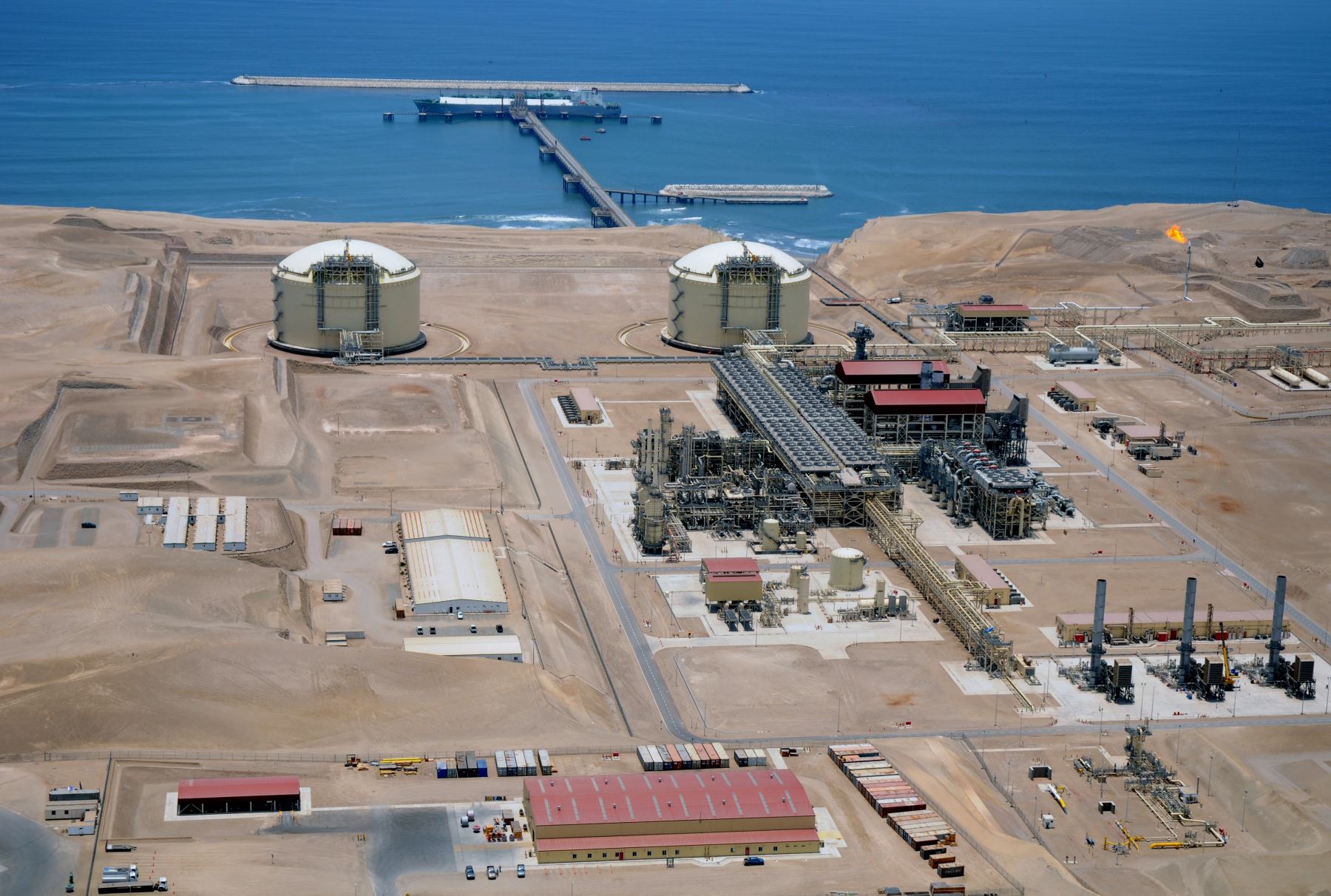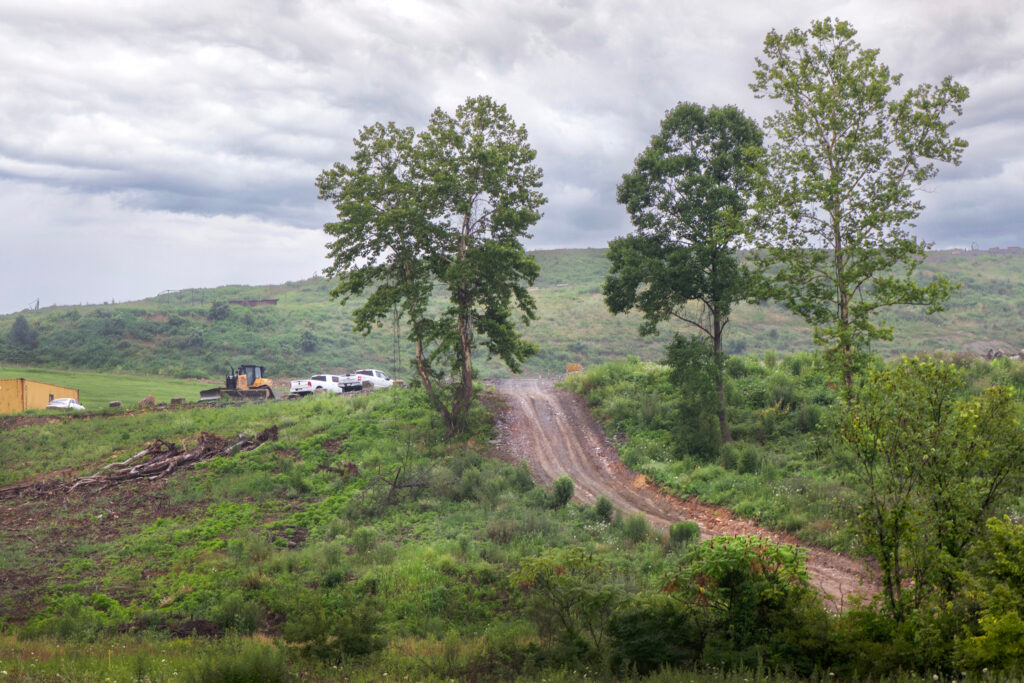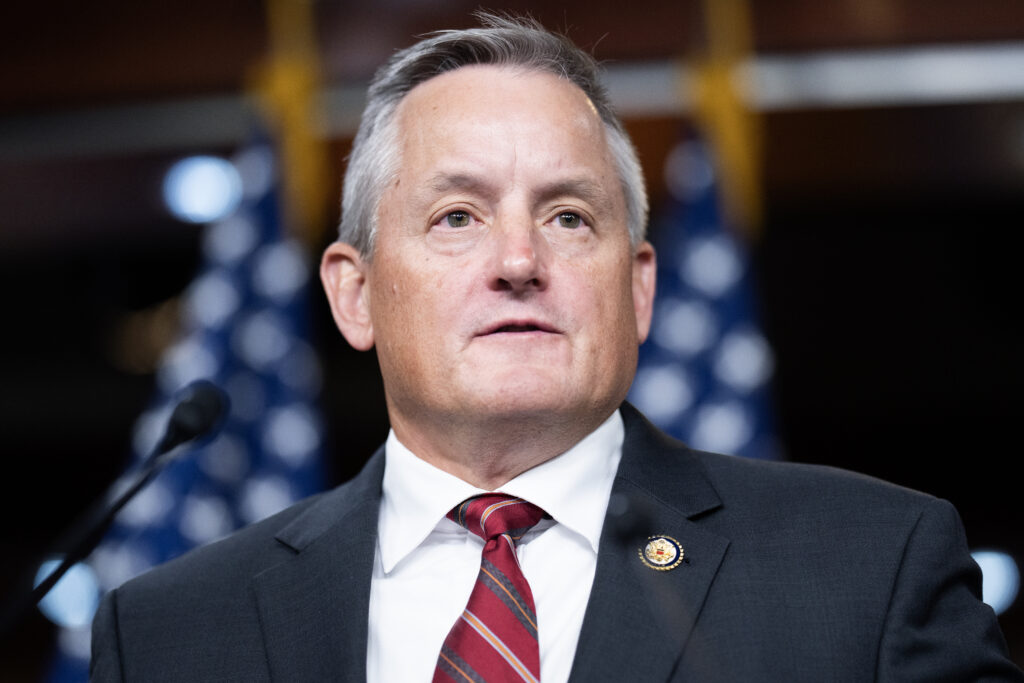Microorganisms are fantastically adaptable, living almost anywhere from the subzero temperatures of the Arctic to boiling volcanic soil. Somewhere on that spectrum are the microscopic organisms that reside thousands of feet below the earth’s surface, munching through reserves of coal.
In Wyoming, the nation’s top producer of the flammable rock, Cowboy Clean Fuels, a Western energy company, has proposed feeding these microbes molasses to produce a different source of energy.
The process begins with beet sugar crystalized into molasses, which the company plans to inject into coal seams. There, microbes feasting on it would secrete two gasses—carbon dioxide and methane, a process called methanogenesis. The CO2 would, the thinking goes, be sequestered in the coal while the methane gets “induced” back up the seam to be burned as natural gas, which emits more CO2.
In the bid for funding it submitted to Wyoming’s Energy Authority, Cowboy Clean Fuels said the process would allow the company to repurpose Wyoming’s underused natural gas infrastructure to create a “low-carbon renewable natural gas,” the harvesting of which would permanently sequester carbon dioxide.
We’re hiring!
Please take a look at the new openings in our newsroom.
See jobs
Last month, the Wyoming Energy Authority, the state agency Gov. Mark Gordon tasked with distributing $150 million from the newly created Energy Matching Funds program for “projects related to Wyoming energy needs,” awarded the project $7.79 million dollars. So far, the Energy Matching Funds have paid out $57.6 million to projects that would creatively generate fossil fuels, capture or sequester carbon or explore hydrogen fuel generation.
The Energy Matching Funds appear to be Wyoming’s largest bet on its energy future, and as more of those funds get tied up in industries that could extend the Cowboy state’s dependency on fossil fuels, some who follow the state’s energy sector have wondered how wisely Wyoming is spending its own taxpayer dollars, of which there are few to begin with.
Compounding the need to spend wisely is the state’s apparent lack of interest in the millions of dollars in clean energy funding available to Wyoming through the Inflation Reduction Act (IRA) and the Infrastructure Investment and Jobs Act (IIJA), which have gained little traction in the state. Last November, Gordon rejected IRA grants to tamp down pollution, in part due to his desire to preserve “Wyoming’s ‘all-of-the-above’ energy development.” Wyoming school districts are the only ones in the country yet to utilize IIJA funds to purchase electric school buses.
Environmental organizations in Wyoming have been working to ensure local municipalities and residents are ready to take advantage of federal dollars if and when they become available. But there is little those organizations can do to speed up the state’s pursuit of federal funding and even less that can be done without access to the money itself.
The federal clean energy money the state has applied for and received is mainly focused on grid updates and energy efficiency improvements for existing infrastructure, said Patrick Millin, the Energy Authority’s state energy program manager, in a statement to Inside Climate News.
Going forward, the Energy Authority, created in 2020 when the state legislature voted to merge Wyoming’s Infrastructure Authority, the Wyoming Pipeline Authority and the State Energy Program, “will pursue those programs that are beneficial to Wyoming,” Millin said.
Rob Creager, the agency’s director, added that “projects seeking federal funds from the IIJA and the IRA are eligible for EMF funding.”
That pursuit, to the extent that it is aimed at clean energy, can be complicated in a sparsely populated state with very few public resources.
“Wyoming really lacks capacity” to aggressively pursue the large sums of money up for grabs in the IRA and IIJA, said Monika Leininger, director of external affairs and climate policy at the Nature Conservancy. “We have a lean state budget. Local governments lack expertise and capacity to compete for these funds.”
The strong conservative current pulsating through state politics can also make it difficult to take the kind of sweeping action on climate change that the federal funding is intended to drive, she said. “Of course, we want to see emissions reduced, there’s no doubt about it,” she said. “But I think we also need to be reasonable about what can be done in this state. Sometimes going after these federal funds when they’re really controversial doesn’t help the conversation on addressing climate change. If anything, it kind of makes things worse.”
What Wyoming does appear prepared to do is fund emerging technologies that could preserve fossil fuels’ role in the state’s economy, which relies on tax revenue from the industry to fund schools, senior centers and other public services. The dalliance between Wyoming and companies promising to provide life support to its extractive industries in the face of a clean energy economy strikes a familiar refrain for some.
“For the most part, they all have quite a long way to go for commercial viability,” said Shannon Anderson, a staff attorney at the Powder River Basin Resource Council, a conservation organization working the coal-rich northeast corner of the state, of the six projects receiving the most recent round of Energy Matching Funds.
Along with Cowboy Clean Fuels’ coal methanogenesis, two other projects dealt with carbon capture or sequestration, two more proposed methods for turning fossil fuels or their byproducts into hydrogen and one company asked for money to develop artificial intelligence that could detect pipeline leaks.
“All of them have a risk of failure,” said Anderson. “The state has been down this road before.”
In 2007, Anderson moved back to her hometown of Sheridan and began working with the Powder River Basin Resource Council. While her new organization took no official position on it, Anderson remembers following the High Plains Gasification plant, a partnership between the University of Wyoming and General Electric to build coal to oil conversion technology. Extracting oil from coal before burning the rock made it easier to capture the resulting carbon emissions, the university and GE said.
The state looked favorably on the project proposed for construction in the Powder River basin, and eventually contributed $50 million towards its funding.
But in 2011, after years of planning, GE backed out of the project, citing uncertainty over how the Obama administration planned to regulate greenhouse gasses.
“It shows the volatility of these energy markets,” Anderson thought at the time.
Today, the economic picture for experimental energy projects looks much the same as it did 15 years ago, even if the details have shifted a little. It is still unclear, for instance, how carbon capture, hydrogen and other developing energy technologies will be deployed and regulated in the future.
“Some of this technology doesn’t compete in an unregulated market” where utilities are still not required to use carbon capture systems at fossil fuel power plants, Anderson said. Betting on such nascent industries to deliver on unproven technologies leaves Wyoming in danger of once again doling out tens of millions of dollars to projects that may not yield a return on the state’s investment, she said.
The Energy Matching Funds are “a lot of money for our small state,” she said, and feeding that money to unproven technology creates an opportunity cost for Wyoming that can pull investments away from clean energy. Anderson pointed out that wind and solar projects, while still costly, have become cheaper and have a much clearer role in a decarbonized energy industry.
Even as carbon capture and hydrogen projects snag the lion’s share of state funding, local organizations have worked hard in the last few years to make sure clean energy projects in Wyoming hit the ground running if and when they receive access to state and federal dollars.
“We need to be nimble and responsive to where the market tells us we need to be now,” Anderson said.
Jonathan Williams, an energy and climate associate at Wyoming Outdoor Council, a state-based conservation organization, works on encouraging school districts across the state to apply for funding through the Clean School Bus Program, an IIJA grant that funds the transition from gas-powered school buses to electric ones.
“Wyoming is the only state that has not successfully implemented any electric buses through this program,” Williams said. “Between funds from the EPA and some DEQ, we figured out ways to fully fund these buses at no up front cost to the school district or to the state.”
But despite the prospects of potentially free, zero-emissions buses, Williams says the state Department of Education has not been proactive in making sure schools know these funds are available to them, and hasn’t addressed how buses using new EV technologies would be insured or regulated.
“There are some barriers we need to address,” Williams said. “This is a new technology and we need to do this right.”
The Wyoming Outdoor Council has also done some of the groundwork to help Wyomingites utilize energy efficiency rebates baked into the IRA, a task that can be difficult in a conservative state with a reputation for spurning government programas. But John Burrows, the Wyoming Outdoor Council’s energy and climate policy director, said he’s noticed “there’s increasingly an incentive that isn’t political” for people to rethink how they power their homes. “It’s about saving dollars and cents,” he said.
Even with growing interest from other residents, Burrows has learned just how challenging it can be to move tens of millions of dollars through a state with a sparse population.
Local communities don’t have the resources to “reach out and grab the money” being offered by the law, Burrows said. Even if they did, he said there are only two certified energy auditors in the whole state who are equipped to help homeowners understand which areas of their property would benefit from upgrades.
This story is funded by readers like you.
Our nonprofit newsroom provides award-winning climate coverage free of charge and advertising. We rely on donations from readers like you to keep going. Please donate now to support our work.
Donate Now
Help may soon be on the way: Millin said the Energy Authority “plans to apply for two energy efficiency workforce development programs—the State-Based Home Energy Efficiency Contractor Training Grants Program, and the Energy Auditor Training Grant Program.” The latter could help grow Wyoming’s small number of energy auditors while the former could train contractors to install heat pumps and induction stoves and make other energy efficiency upgrades to residents’ homes.
Mills added that the agency is “closely monitoring” the Home Efficiency Rebates and Home Electrification and Appliance Rebates ahead of their August application deadline.
It is no guarantee the state will apply for those funds. When Gordon withdrew Wyoming’s application for a $3 million federal grant to develop and implement plans to curb greenhouse gasses and other harmful emissions, he said pursuing the grant “does not make fiscal sense to Wyoming.” Gordon added that Wyoming’s “limited resources” would be better spent reviewing new EPA air quality rules that would affect the state’s industries—presumably its fossil fuel sector—and “removing federal roadblocks that stand in the way of common-sense, lower cost solutions that use innovations tailored to meet the needs of Wyoming’s citizens and industry, across the entire energy spectrum.”
Any influx of federal dollars is likely at least several months away. Until then, capitalizing on clean energy funds in Wyoming remains “a slow burn,” Burrows said.

















